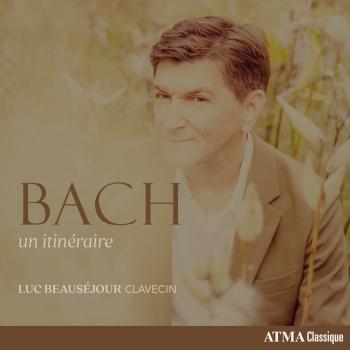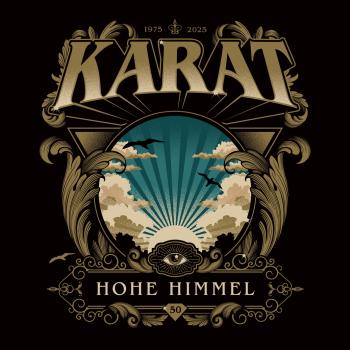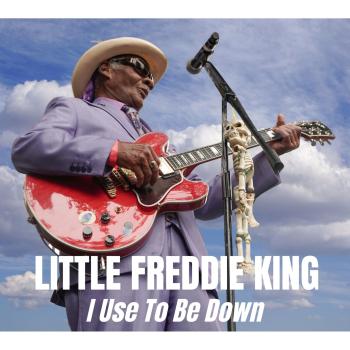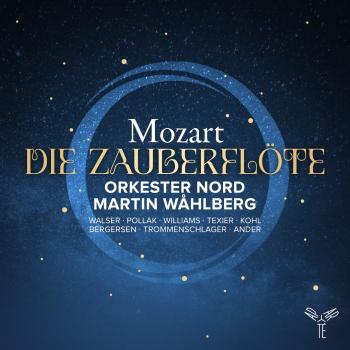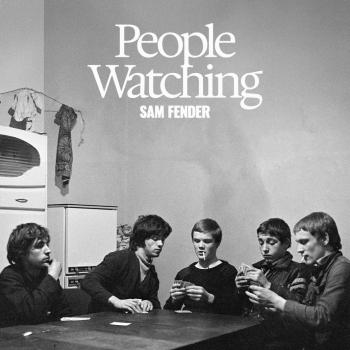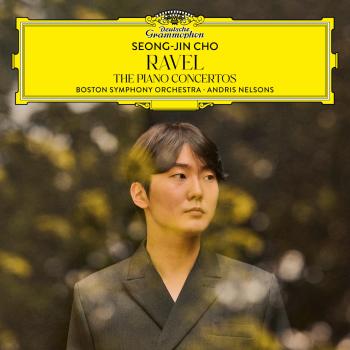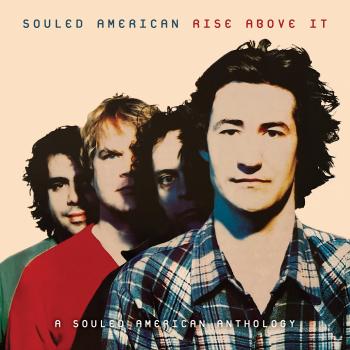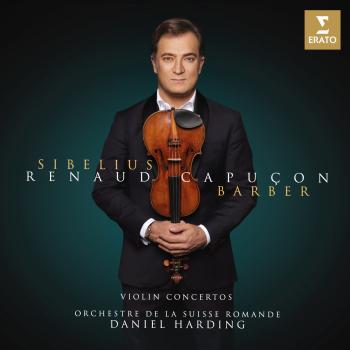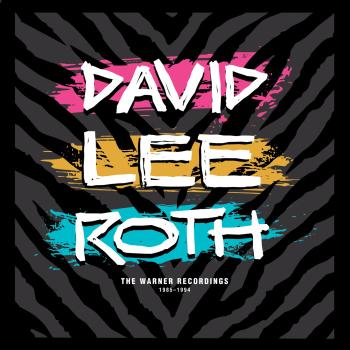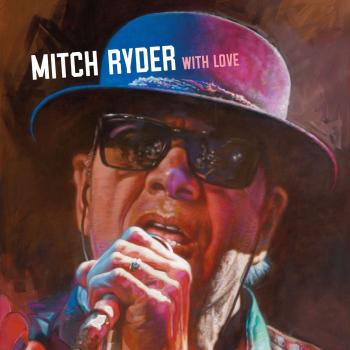National Brass Ensemble
Biography National Brass Ensemble
National Brass Ensemble
“The same probability that governs the chance that ninety toothpicks poured out upon the floor will arrange themselves into the twenty-six letters of the alphabet applies to the project of bringing together nineteen busy musicians from the top three orchestras of three states.”
Fast-forward forty-six years and make that twenty-six busy musicians from the top nine orchestras of seven states. When David H. Stull (then Dean of the Oberlin Conservatory of Music) and I first sat down for lunch in the spring of 2011, I never would have imagined that our discussion that day would eventually take us on a three-year journey leading to this event. With David’s background as a tuba player, our discussion quickly turned to our favorite musicians and recordings. Almost immediately, we both brought up the famous 1968 Gabrieli recording, The Antiphonal Music of Gabrieli, featuring brass groups from the Chicago Symphony, the Cleveland Orchestra, and the Philadelphia Orchestra. We agreed that for every brass player of our generation and since, this was the iconic recording that set the bar for American brass playing excellence. Every one of us has a story about the first time we listened to the album and how we were simply awestruck by what we heard.
David and I both expressed how wonderful it would be to try and assemble a similar project now, as both an homage to the 1968 recording and as a modern version of the concept with all that today’s talent and technology could deliver. In the following months, David and I went back and forth with ideas of a “Gabrieli Institute,” exploring many options and having discussions with several of my colleagues. We considered a recording reunion of the current Philadelphia, Cleveland, and Chicago groups, which would mirror the original personnel, but after more deliberation we decided it would be best for this project to take a slightly different direction in order to bring a new dimension to the concept.
During that same period, in the summer of 2011, Chris Martin (Principal Trumpet, Chicago Symphony) and his brother Mike Martin (4th/Utility Trumpet, Boston Symphony) created the National Brass Symposium in their hometown of Atlanta. This was a fantastic gathering of many of the same players who are here this week. The symposium included educational events and many concerts of all sizes with a large brass group performance as the focus event at the end of each day. The playing was so inspiring, and the camaraderie and chemistry so fantastic, that a number of us realized then that this was the direction to follow for the Gabrieli project.
Once this template became our goal, the daunting question remained: how could we ever get all these players in one place at one time? It took us the better part of the next three years to make that happen, but somehow the ninety toothpicks aligned into the alphabet one more time and we found a week when everyone could be available.
While the scheduling Rubik’s Cube was being addressed, David enlisted the assistance of Dr. Joseph and Phyllis Markoff, whose incredible generosity made this project event possible. We are deeply indebted to Dr. and Mrs. Markoff in more ways than we can ever say, and we cannot thank them enough for the tremendous gift that he has given us.
As the puzzle pieces began to fall into place, we came to the important matter of musical specifics and needed an arranger who would bring the highest level of artistry to the project. In discussing this with Chris Martin and Michael Mulcahy (2nd Trombone, Chicago Symphony) we quickly agreed that one of our own, Tim Higgins (Principal Trombone, San Francisco Symphony), would be the perfect choice as arranger and we are immensely grateful to Tim for his phenomenal work and for delivering such wonderful and innovative versions of this music.
Our next critical task was to obtain access to the original music. In striving to create something truly new, we needed to start from the original source so as not to merely rehash other arrangements. In November of 2013, I was in Vienna on tour and had the opportunity to seek out the advice of Dr. Otto Biba, Director of the Archives at the Musikverein (home of the Vienna Philharmonic). In our meeting, Dr. Biba was quick to embrace our project and his input proved to be invaluable. Within two weeks, he guided us to exactly what we had hoped to find: out-of-print resource materials with original notation and no modern instrumentation. These scores are the basis of the arrangements that appear on this program.
We shot for the moon with this project and got very lucky. We got even luckier when iconic composer John Williams gifted us with a work composed specifically for this occasion. In seeking to carve an updated template for this project that would reflect the best of modern brass playing, it seemed only fitting for me to reach out to Mr. Williams – the true master of American brass writing – to see if he would be interested in contributing something. His quick and generous response overwhelmed me. Words are not enough to express our profound gratitude to Mr. Williams for his priceless gift to this project.
Lastly, but perhaps most importantly, this project never would have seen the light of day without the vision and tireless support of David H. Stull (President of the San Francisco Conservatory of Music). His creative energy literally willed this to happen, and we owe him a huge debt of gratitude for his Herculean work and his endlessly positive determination.
I think I can speak for everyone onstage when I say that we are all honored to be part of this project that took the efforts of so many, the generosity of a special few, and the inspiration of a generation. We hope you enjoy the program and we thank you for joining us for this unique and memorable event.
Michael Sachs, Principal Trumpet, The Cleveland Orchestra

